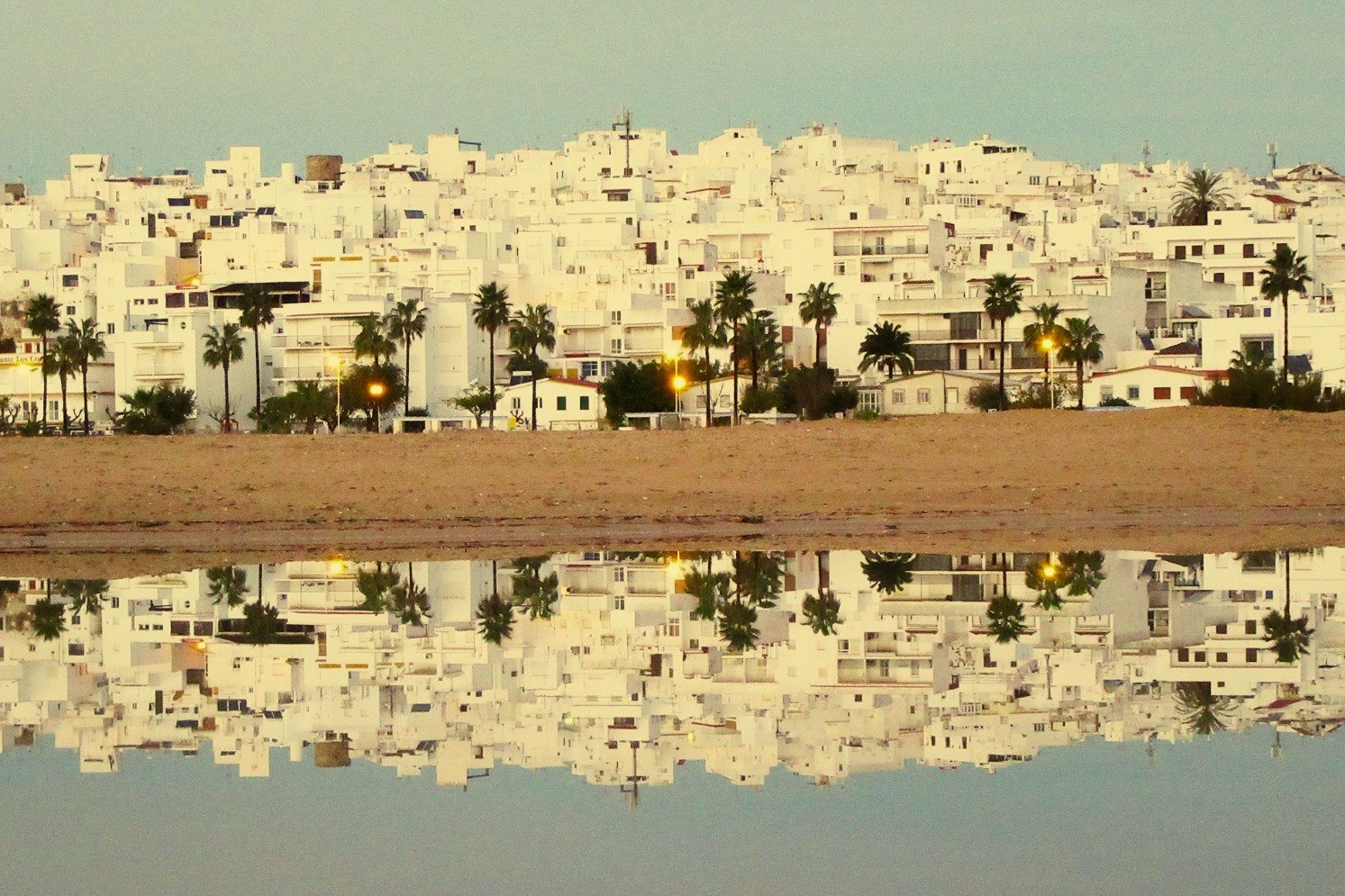
CONIL DE LA FRONTERA.
FISHING TOWN WITH PAST, MONUMENTALLY AND GASTRONMICALLY INFLUENCES.
Conil de la Frontera is situated in Andalusia, Cadiz province of Spain. Like most of the Andalusian small cities, this village breathes different cultural and historical influences from the past, monumentally and gastronomically. It is one of the villages a lot of significant historical and ecological traditions. Historical books said the Phoenicians, Romans and Islam empires influenced the town.
The Phoenicians looked for places next to the open sea to make castles and had access to fishing, so they occupied the Conil de la Frontera territory. The name Conil was given by the tribe Counions (800-500 BC). Over the Romans, it was part of Vía Hercúlea (from Malaga to Cadiz province), an important route for trade and communication between villages and areas in the time of the August emperor (from 8 to 2 years BC). With the Islamic empire from (711. Years), Conil unified with la Cora del Sidonia. 1256. Years after Christan’s victory, the Conil get a new name, Conil de la Frontera, meaning a border of Muslim territory, like Jerez, Vejer, Chiclana etc.
The symbol y origin of Conil de la Frontera is Torre de Guzman. The Torre de Guzman in XIV and XV centuries was the epicentre for creating a city and protected of eventual attack. The Arco de la Villa is the antique entrance into the Conil old town.
The beautiful park El Parque de la Atalaya is situated on the highest spot of the Conil de la Frontera and has a sea view; it is famous for wedding ceremonies because of the Pine trees and romantic atmosphere.
The museum del Atun (Tuna museum) must have a historical overview, tuna products and, of course, the degustation of delicious red tuna.